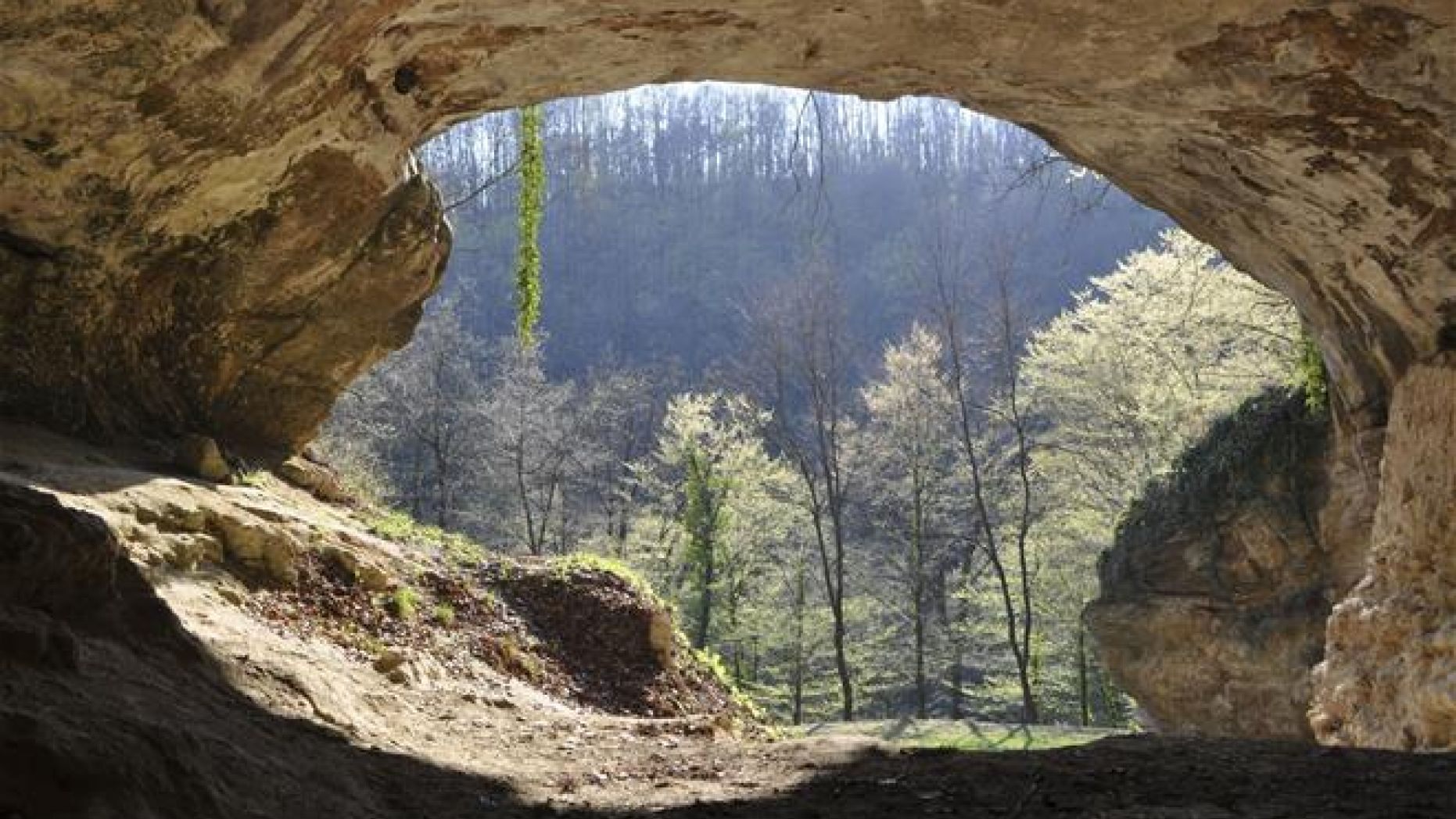How a bit of cave dirt just changed archaeology

The study of humans has long relied on bones to reveal human DNA. The problem is that those bones are hard to come by. As the Atlantic points out, scientists have only a finger bone and two teeth belonging to the Denisovans, cousins of Neanderthals.
It’s no wonder then that a Harvard geneticist refers to a new technique of recovering human DNA without bones, described in a study published in Science Thursday, as a “real revolution in technology,” per the New York Times.
German researchers took dirt samples at seven cave sites in Europe and Asia where Neanderthals or Denisovans once lived. Four returned Neanderthal DNA, and one of the four sites contained Denisovan DNA, per a release, which notes many of the sediment samples were taken from archaeological layers or sites that hadn’t previously yielded bones.
“It’s a bit like discovering that you can extract gold dust from the air,” as one geneticist puts it. Researchers had previously taken animal DNA from sediment, but this study describes the first successful effort involving human DNA.
More From Newser
Bill Nye Is Not the Science Guy We Need Now
Daring Mission Snaps Closest Ever Images of Saturn
Mastodon Bones Spark Major Claim—and Major Doubt
Micro Premies Might Be More Likely to Survive in ‘Bio Bag’
It involved collecting samples at sites where human bones or tools had been found and using molecules that recognize mammalian mitochondrial DNA to “fish out” the material, which sticks to minerals in sediment.
The implications are huge, say scientists, and one gives this potential use: probing the soil along the routes early Americans took to get here via Alaska.
Study co-author Svante Pääbo sees a future in which the technique becomes “routine.” (Perhaps the technique could be of use in proving or disproving this highly contested claim.)



 Creators of mankind
Creators of mankind Description of “Tall white aliens”
Description of “Tall white aliens” Where they came from?
Where they came from? About hostile civilizations
About hostile civilizations The war for the Earth
The war for the Earth “Tall white aliens” about eternal life
“Tall white aliens” about eternal life Video: “Nordic aliens”
Video: “Nordic aliens” Aliens
Aliens Alien encounters
Alien encounters The aliens base
The aliens base UFO
UFO Technology UFO
Technology UFO Underground civilization
Underground civilization Ancient alien artifacts
Ancient alien artifacts Military and UFO
Military and UFO Mysteries and hypotheses
Mysteries and hypotheses Scientific facts
Scientific facts


















